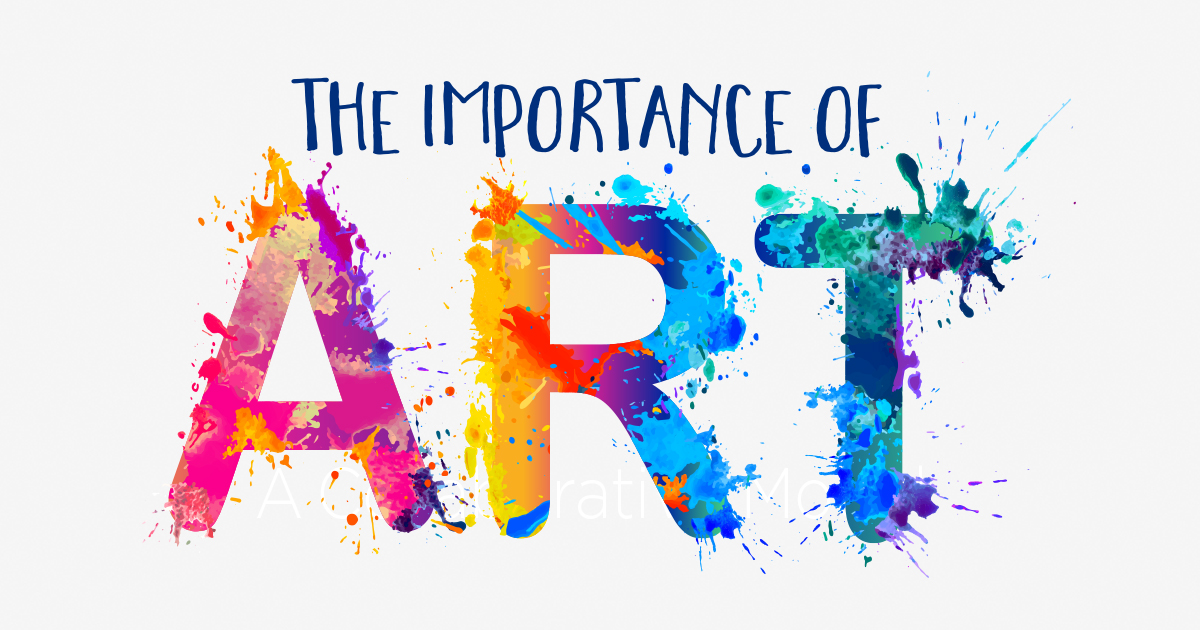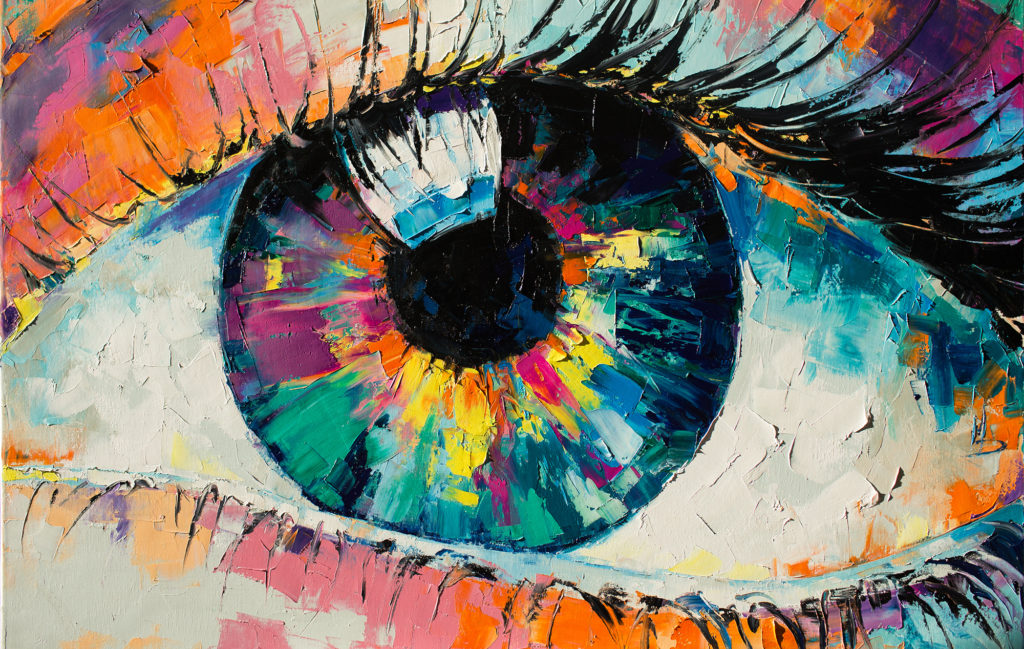The Role of Trump Art in Shaping Social Discussions Around Management
Wiki Article
Getting Started on an Aesthetic Journey Through the Lyrical Analyses of Nature in Stylist Landscapes
Each brushstroke, each play of light and shadow, and each color choice in their jobs speaks volumes concerning the artists' deep connection to nature and their ability to convert its charm onto the canvas. As we check out the lyrical interpretations of nature in Stylist landscapes, we are invited to submerse ourselves in a globe where reality and feeling intertwine, providing a look right into the musicians' extensive recognition for the natural world.The Captivating Brushstrokes of Claude Monet
Claude Monet's proficiency of brushstrokes goes beyond mere strategy, imbuing his landscapes with a heavenly top quality that enthralls and mesmerizes customers - trump art. His innovative usage of color and light, combined with his distinct brushwork, develops a sense of activity and life within his paints. Monet's popular series of works portraying water lilies and his legendary haystacks showcase his capability to record the fleeting impacts of light and atmosphere
Taking On Light and Darkness With Camille Pissarro
Embodying a similar reverence for the interplay of light and shadow, Camille Pissarro's imaginative vision unfolds as an unified expedition of the all-natural globe's luminous nuances. Pissarro, an essential number in the Impressionist movement, masterfully captured the dynamic connection between light and darkness in his landscapes. His skilled usage of shade and brushwork enabled him to communicate the refined changes in light that define different times of day and seasons.Pissarro's paints frequently feature dappled sunlight filtering via leaves, casting intricate patterns of light and darkness on the planet below. In works such as "Hoar Frost, the Impact of Snow, Pontoise," Pissarro skillfully shows the crisp brightness of winter season sunshine compared with the amazing shadows that specify the snowy landscape. By embracing both light and darkness in his make-ups, Pissarro welcomes viewers to submerse themselves in the natural beauty and short-term impacts of light on the planet around them.

Via Pissarro's jobs, we are reminded of the transformative power of light and shadow, welcoming us to pause and value the fleeting moments of beauty present in the day-to-day landscapes that surround us.
A Symphony of Colors by Edgar Degas
Edgar Degas manages a vibrant symphony of shades in his masterful art work, instilling his compositions with a dynamic interaction of colors that mesmerize the audience's stare. Known mainly for his ballet professional dancers and intimate scenes of Parisian life, Degas adeptly controlled colors to communicate state of mind and movement in his paints. trump art. His use strong, contrasting shades and subtle tonal variants created a feeling of depth and vibrancy within his worksDegas' color palette typically included rich blues, deep environment-friendlies, and cozy oranges, which he used with positive brushstrokes to capture the significance of his subjects. Whether representing a ballerina mid-performance or a team of good friends conversing at a coffee shop, Degas' shades not only depicted the scene yet likewise stimulated a feeling of emotion and power.
In Addition, Degas' trial and error with light and darkness added an added layer of intricacy to his color make-ups, improving the overall ambience of his paintings (trump art). Through his proficient adjustment of color, Degas developed an aesthetic symphony that remains click for source to reverberate with viewers today
next
Discovering Nature's Serenity With Berthe Morisot
Berthe Morisot's imaginative vision provides a calm departure from the dynamic shade harmonies of Edgar Degas, as she captures the harmony of nature in her expressive landscapes. Understood for her delicate brushwork and intimate representations of day-to-day life, Morisot's landscapes radiate a feeling of peace and consistency.Morisot's paints usually include soft, low-key tones that convey a feeling of calmness and serenity. Her jobs, such as "The Cradle" and "Summertime's Day," showcase her capability to catch the refined appeal of nature in a manner that is both soothing and reflective to the visitor.
Unlike a few of her Stylist counterparts who concentrated on bold shades and dynamic make-ups, Morisot chose to produce gentle, introspective scenes that welcome the audience to stop briefly and mirror. Through her masterful use of light and shadow, Morisot creates a sense of harmony that reverberates with the audience on a deep psychological level.
The Emotional Landscapes of Vincent Van Gogh
Vincent Van Gogh's landscapes clearly share a depth of emotion through their dynamic brushwork and expressive use color. The Dutch post-impressionist musician is renowned for his capacity to record intense and raw feelings in his paints, going beyond standard representations of nature. Van Gogh's tumultuous personal life, marked by psychological health and wellness struggles, substantially influenced his art, infusing his landscapes with a feeling of worry, moody, or vitality.In works such as "Starry Evening" and "Wheatfield with Crows," Van Gogh's swirling brushstrokes and vivid shade selections evoke a profound psychological feedback from visitors. The rough skies and upset landscapes in his paints reflect his inner turmoil and psychological turbulence, inviting customers to dive into the complexities of his subconscious.
Van Gogh's distinct visual language, defined by exaggerated perspectives and bold usage of color, creates landscapes that resonate with customers on a deeply emotional level. Via his art, Van Gogh welcomes us to see nature not equally as an outside reality but as a mirror of our innermost sensations and emotions.
Conclusion
To conclude, the impressionist landscapes of artists such as Claude Monet, Camille Pissarro, Edgar Degas, Berthe Morisot, and Vincent Van Gogh use a captivating and unique aesthetic interpretation of nature. Via their use brushstrokes, emotion, shade, and light, these artists have actually created a harmony of images that stimulate a feeling of have a peek at this site calmness and beauty in the environment. Their works continue to motivate and captivate viewers with their lyrical analyses of the landscapes around us.Each brushstroke, each play of light and darkness, and each color selection in their works talks volumes about the artists' deep connection to nature and their capability to equate its beauty onto the canvas. His innovative usage of color and light, combined with his distinctive brushwork, develops a feeling of motion and life within his paintings. His adept use of shade and brushwork allowed him to communicate the subtle shifts in light that specify different times of day and seasons.

Report this wiki page